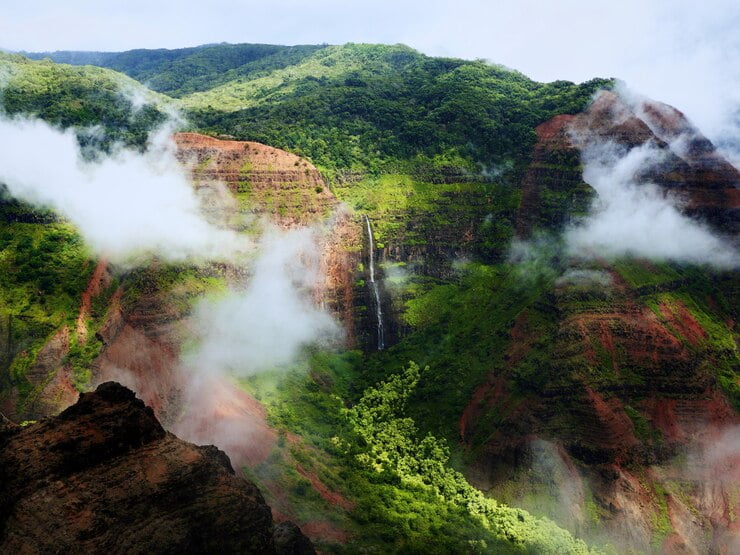No products in the cart.
Meghalaya: The Responsible Tourism Way
Meghalaya’s community-based tourism model is benefitting the locals and is a fine exemplar of responsible tourism
Spurred on by the worldwide Village/Rural Tourism-Homestay Tourism movement, Meghalaya is making rapid strides as a responsible and sustainable tourism product with an important social objective through people’s participation.
It aims to capitalise on the dispersal of tourists from the urban areas of Meghalaya to its villages, for immersive experiences of the unique culture and heritage which flourishes there; this not only enriches travellers culturally but also rejuvenates their spirits.
Responsible Tourism is a heavily loaded agenda for the state as it involves the active participation of the locals in issues that affect their lives and property; it also incentivises them to mindfully contribute to the conservation and preservation of the local e environment and cultural heritage—and helps generate mutual respect between the locals and the tourists.
Mawlynnong Village, respected as the cleanest village in Meghalaya—and Asia, has set up eco-friendly cottages and homestays, made of bamboo and wood, to encourage travellers to spend more time. Located in the Indo-Bangladesh border region, the village serves as a great base to explore the scenic surrounds and the cross-cultural influences on the local Khasi culture.
It’s a great chance to visit the nearby Riwai Village for its Living Root Bridge, the oldest, broadest and strongest root bridge in Meghalaya. From here Nohwet-Viewpoint Skywalk, for brilliant views of Bangladesh plains, is just a couple of minutes’ walk away. The 85-foot-high eco-friendly structure has been created entirely of bamboo poles tied to branches of trees with jute and bamboo ropes. Visitors can stay at the comfortable Nohwet-Mawlynnong Root-Bridge Guesthouse in Nohwet Village.
The trek to the lesser-known Shiliang Jashar Village is worthwhile for its beautiful vistas, which also feature a lovely bamboo bridge over a stream and two pretty waterfalls. Steps are underway to develop the assets of the village under the Shiliang Jashar Eco-Tourism Cooperative Society to put the village on Meghalaya’s tourist map.
The homestays of the Garo Hills had the spotlight on them at ‘The Indian Responsible Tourism State Summit & Awards 2023. Chandigre Rural Resort, 13 km from the town of Tura, is set amidst the pristine precincts of the Nokrek Biosphere Reserve in the Rongram block of the West Garo Hills District. The Village-run resorts like Chandigre and Daribokgre, along the fringes of the National Park, are a good base for your explorations. Chandigre Village Resort is notable for its orchards and vernacular architecture and Daribokgre Village Resort offers an indigenous-inspired set-up of traditional Garo-style homes (nok achik) and dorms (nok pante). Local adventure and tour guides are useful for information on campsites and angling trips. The Chandigre Rural Tourism Project is a state flagship programme by which the village offers access to not only the Nokrek Biosphere Reserve but also Rombagre Fish Sanctuary, Selbalgre Hoolock Gibbon Reserve and the village of Sasatgre, a traditional village of Garos. The aim of the project was to rouse the local Garo community to participate in promoting its culture, lifestyle traditions etc by hosting tourists.
In the Jaintia Hills lies Kudengrim, one of Meghalaya’s newest tourist offerings. Amongst its many attractions here is the two-tiered Kudengrim Living Root Bridge, a bio-engineering marvel, located near a waterfall. Homestay options are available in the village
















